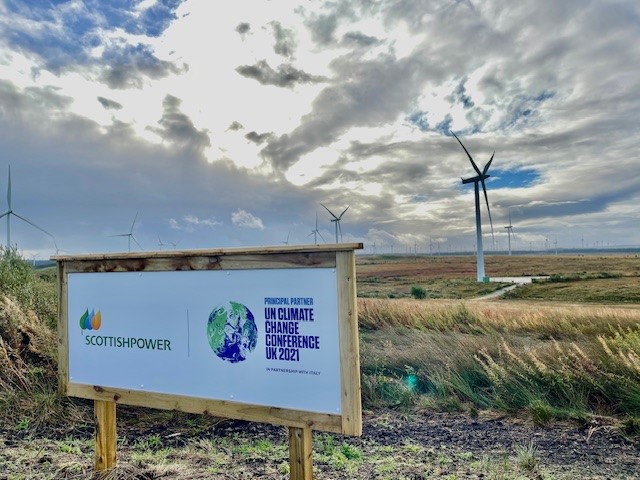As we approach the commencement of COP28, it’s timely to reflect on the evolution of these critical climate conferences over the past three decades. My visit to COP26 in Glasgow was a firsthand experience of the intense global focus these conferences garner. Despite the rallying cry to “keep 1.5 alive,” the outcomes arguably fell short of lofty ambitions. However, there were strides in finance mobilization and establishing vital rules. The annual COP summits are pivotal in setting the global climate action agenda, and I am keenly anticipating the outcomes from the UAE, which are set to influence future global investments and actions.
Milestones in the Climate Conference Journey:
- Rio de Janeiro ‘Earth Summit’ (1992): The UNFCCC was born, with 154 states acknowledging anthropogenic climate change as a pressing issue. This pivotal summit established the framework for subsequent COPs and other critical negotiating sessions.
- COP1 – Berlin (1995): Marking the first COP, the Berlin Mandate was a significant step, outlining that more developed countries (Annex I) should initiate GHG reduction efforts, setting a precedent for global climate action responsibilities.
- COP3 – Kyoto Protocol (1997): Maybe the most famous COP. This session operationalized the UNFCCC, introducing legally binding emissions targets for 37 Annex I countries. The goal was set to reduce GHG emissions by 5.2% from 1990 levels by 2008-12, complete with a robust monitoring system.
- COP15 – Copenhagen Accord (2009): High hopes for a new global treaty were dampened by the outcome – a non-binding agreement with a goal to limit global temperature rise to no more than 2°C above pre-industrial levels.
- COP19 – Warsaw (2013): The concept of Nationally Determined Contributions (NDCs) was introduced, paving the way for the Paris Agreement and accelerating the timeline for its development.
- COP21 – Paris Agreement (2015): A landmark moment with 195 countries pledging to keep global temperatures “well below” 2°C and striving for 1.5°C. The Paris Agreement introduced NDCs and a ratchet mechanism for escalating global ambitions.
Conclusion: The journey through past COPs reveals a pattern of growing awareness, gradual progress, and continuous challenges. As each conference builds upon the last, there’s a sense of cautious optimism mixed with the urgency for more decisive action. The upcoming COP28 in the UAE is another critical juncture in this ongoing global effort to address climate change, and its outcomes will undoubtedly shape our collective approach in the years ahead. I look forward to reviewing the outputs.

